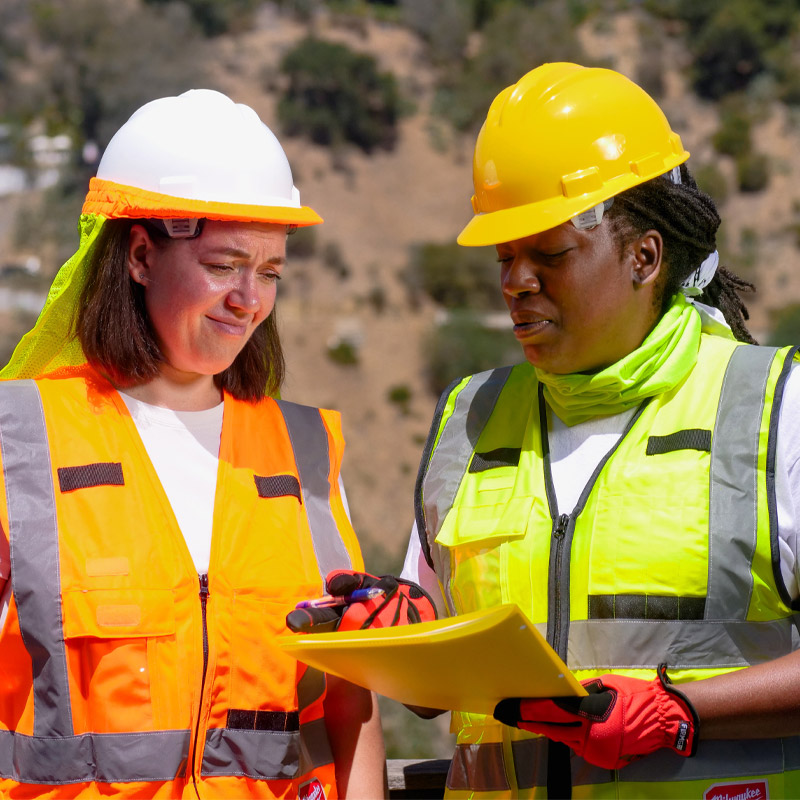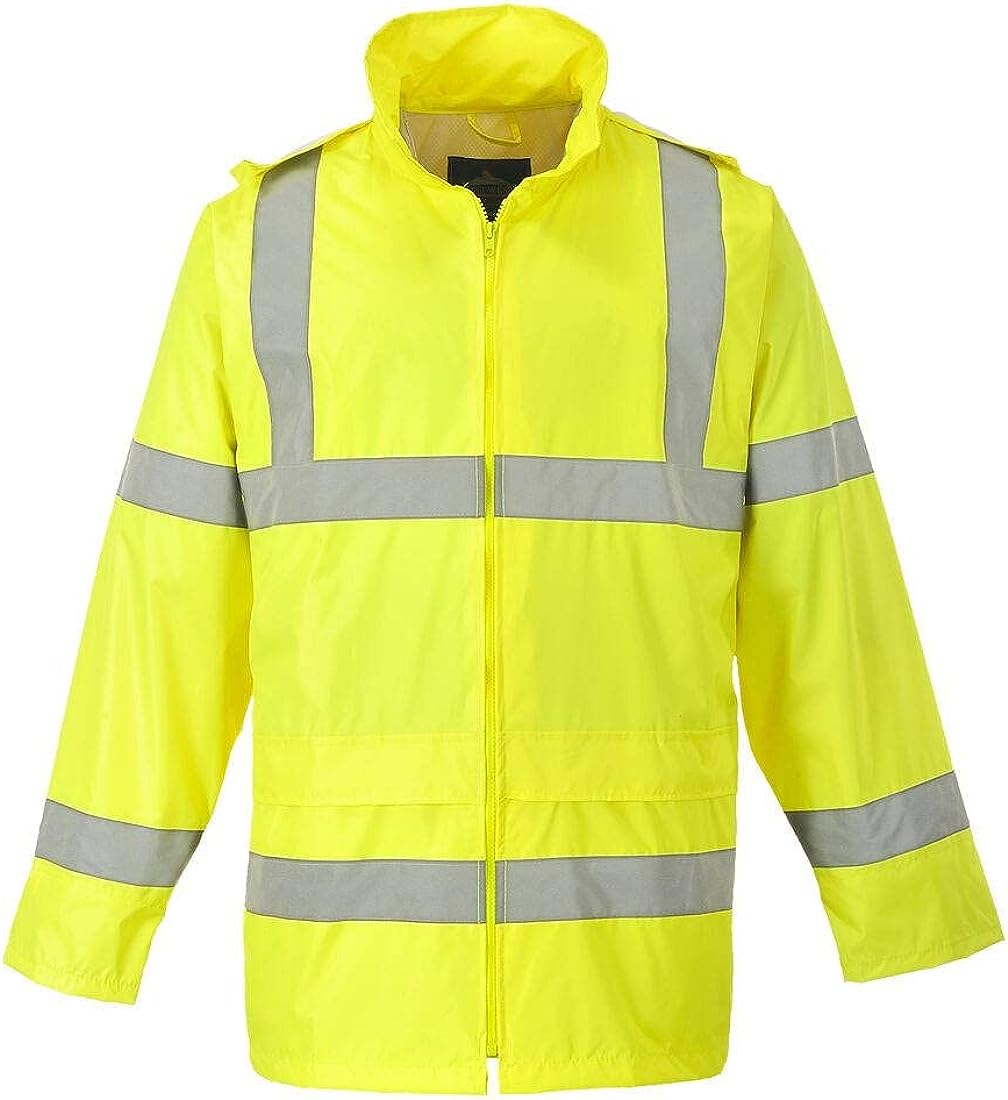In workplaces where hazards and risks are an inherent part of the job, safety workwear plays a pivotal role in protecting employees and preventing accidents. safety workwear is more than just a uniform; it is a powerful tool that can significantly reduce the number of workplace injuries and even save lives. From construction sites and manufacturing plants to healthcare facilities and emergency services, the implementation of safety workwear is essential for fostering a culture of safety and ensuring the well-being of workers. In this guide, we explore how safety workwear helps in reducing accidents and saving lives, making it a critical investment for any safety-conscious organization.
1. Prevention of Workplace Injuries:
The primary purpose of safety workwear is to protect workers from potential hazards that they encounter on the job. This can include protection from falls, burns, cuts, chemical exposure, impact injuries, and more. Safety workwear is specifically designed and engineered to provide a barrier between the worker and the potential dangers they face, significantly reducing the risk of workplace injuries.

2. Enhanced Visibility:
High-visibility (hi-vis) workwear is a crucial component of safety workwear, especially in environments where workers are exposed to moving vehicles or machinery. The bright fluorescent colors and reflective strips make employees more visible, even in low-light conditions. This increased visibility allows drivers and operators to detect workers from a distance, preventing accidents and collisions.
3. Compliance with Safety Regulations:
Many industries and regulatory bodies have specific safety standards and requirements for workwear. Safety workwear is often mandated by law in certain work environments. Employers who comply with these regulations demonstrate their commitment to providing a safe and secure workplace for their employees, while also reducing the risk of legal consequences resulting from non-compliance.
4. Personal Protective Equipment (PPE):
Safety workwear encompasses a range of personal protective equipment (PPE), such as helmets, goggles, gloves, respirators, and more. PPE acts as a last line of defense against potential hazards that may not be preventable through other means. When used correctly, PPE can save lives and prevent serious injuries.
5. Prevention of Long-Term Health Issues:
Safety workwear is not just about preventing immediate accidents; it also safeguards workers from long-term health issues. For example, workers in industries with exposure to harmful substances or chemicals may wear specific safety workwear to minimize the risk of long-term health problems resulting from prolonged exposure.
6. Cultivating a Safety Culture:
Implementing safety workwear fosters a safety-conscious culture within the organization. When employees see that their employer prioritizes safety and invests in their well-being, they are more likely to adopt safe work practices and take safety precautions seriously. A strong safety culture leads to fewer accidents and creates an environment where safety is everyone’s responsibility.




